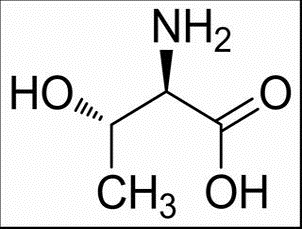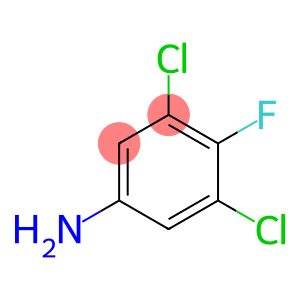3 5-Bis(trifluoromethyl)aniline(CAS# 328-74-5)
| Risk Codes | R33 – Danger of cumulative effects R36/37/38 – Irritating to eyes, respiratory system and skin. R20/21/22 – Harmful by inhalation, in contact with skin and if swallowed. |
| Safety Description | S26 – In case of contact with eyes, rinse immediately with plenty of water and seek medical advice. S36/37/39 – Wear suitable protective clothing, gloves and eye/face protection. S36 – Wear suitable protective clothing. |
| UN IDs | 2810 |
| WGK Germany | 3 |
| RTECS | ZE9800000 |
| TSCA | Yes |
| HS Code | 29214910 |
| Hazard Note | Irritant |
| Hazard Class | 6.1 |
| Packing Group | III |
Introduction
3,5-Bis(trifluoromethyl)aniline, also known as 3,5-bis(trifluoromethyl)aniline, is an organic compound.
Quality:
3,5-Bis(trifluoromethyl)aniline is a colorless to pale yellow crystal that is solid at room temperature. It is almost insoluble in water at room temperature but soluble in organic solvents such as ethanol, ether, and methylene chloride. It has high thermal and chemical stability.
Use:
3,5-Bis(trifluoromethyl)aniline is widely used as a reagent in organic synthesis. It can be used as a fluorinating reagent for aromatic compounds and heterocyclic compounds for the introduction of trifluoromethyl groups.
Method:
The preparation of 3,5-bis(trifluoromethyl)aniline is usually made by organic synthesis method. A common synthesis method is to react fluoromethyl reagent with aniline to synthesize the target compound by introducing a trifluoromethyl group.
Safety Information:
When using or handling 3,5-bis(trifluoromethyl)aniline, the following safety concerns should be noted:
It is an organic compound and should be avoided from contact with the skin, eyes, and internal digestive tract. Wear appropriate personal protective equipment such as gloves, protective eyewear, and a lab coat when operating.
Good laboratory practice and safety guidelines should be followed when operating.
During storage and handling, avoid contact with oxidants, acids and alkalis, and flammable substances to avoid the generation of hazardous substances.
Waste disposal should comply with local regulations, and dumping in the natural environment is strictly prohibited.


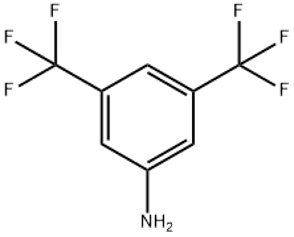
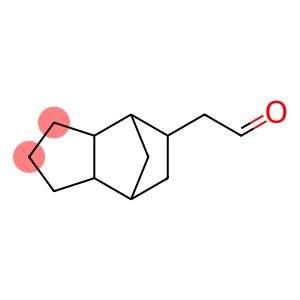
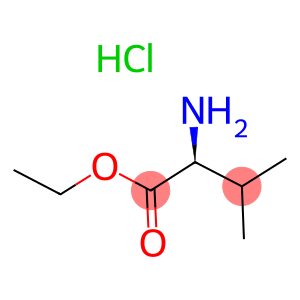
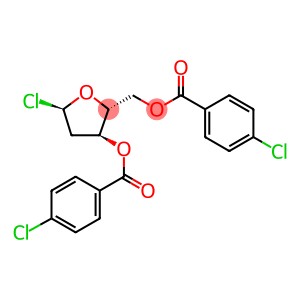
![1H-pyrrolo[2,3-b]pyridine-4-carboxylic acid(CAS#479553-01-0)](https://www.xinchem.com/uploads/carboxylicacid.gif)
